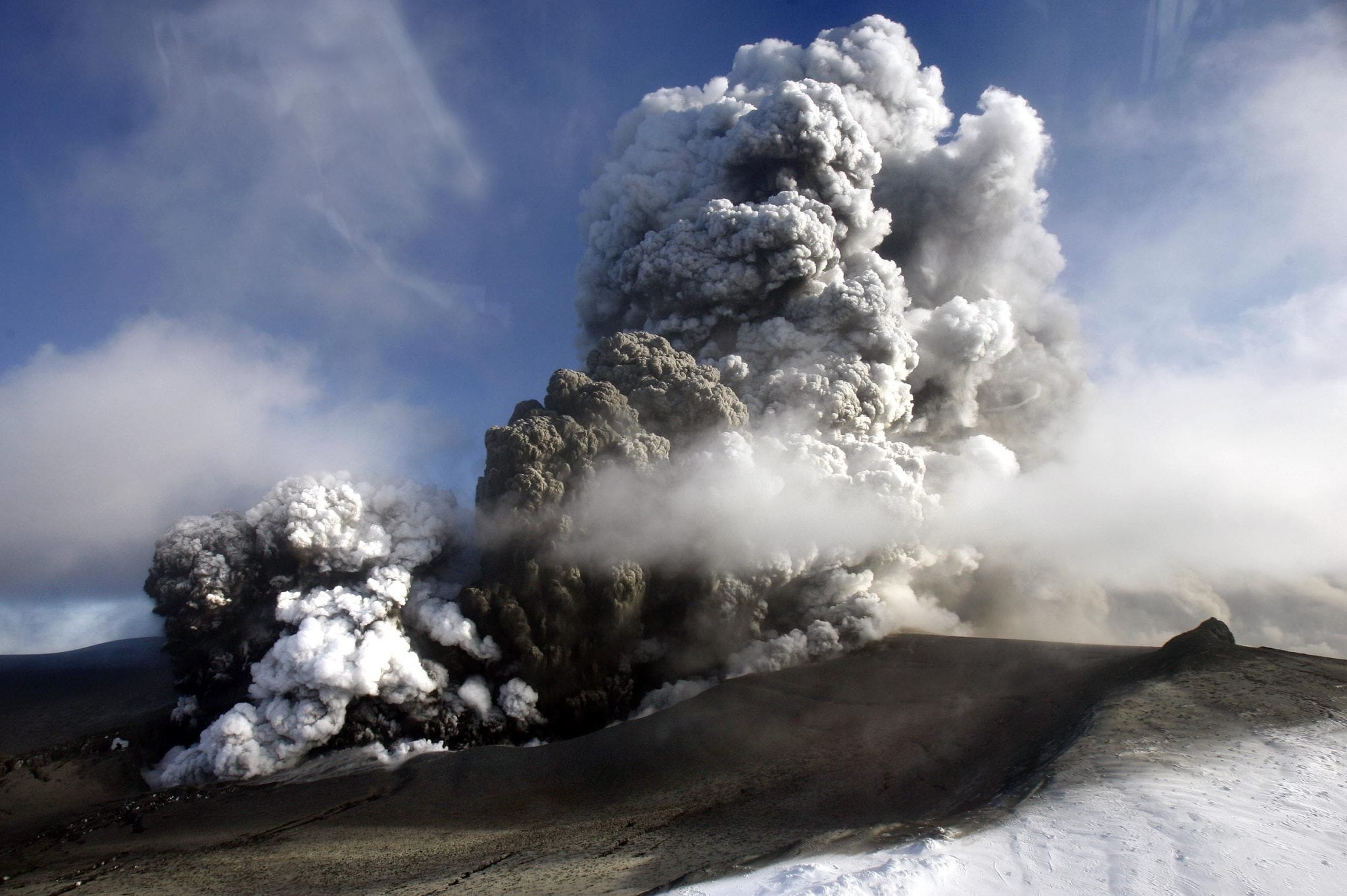Skift Take
The suggestions are surely well-founded, but airlines and airports in this market are unlikely to adopt policies demanding short-term investments - even if they do offer long-term returns.
Around 3.1 billion passengers per year travel the world by air, and when that travel is disrupted, everyone loses money.
The 2010 Iceland volcano that rendered Northern Europe’s airspace unpassable for six days cost airlines an estimated $1.7 billion in losses, for example, and in the year after September 11th, the industry lost $22 billion, according to the International Air Transport Association (IATA).
Researchers studied these two disasters for a report out today on the effects of disasters, natural and otherwise, on air travel and airports throughout the world. Using complex calculus that considered each airport’s total traffic, connections, indirect vs. direct flights, and geographic location, the paper determined various airports’ vulnerability to disasters as well as how and why that vulnerability varies.
Funded by the Volkswagen Foundation, the research was conducted by the Engineering Sciences and Applied Mathematics team at Northwestern University. The report, “Eyjafjallajökull and 9/11: The Impact of Large-Scale Disasters on Worldwide Mobility,” was published in PLOS ONE an open access peer-reviewed journal published by the Public Library of Science.
The authors’ main measure of disruption was how much a given airport’s “effective distance” from the rest of the world grew; that is, how much harder it became to access that hub from elsewhere, and vice versa.
A Few of Their Findings:
- Major air travel hubs are more disaster-resilient than peripheral airports, because core airports have more connections through which they can reroute disrupted routes.
- It’s easier to predict and measure the impact of disasters that target major hub airports, because their roles in the network are similar and constant.
- Though 9/11 hurt air traffic more, the Iceland ash cloud was much more disruptive by the authors’ ‘effective distance’ metric because it immobilized the crucial Western Europe hubs. The volcano, in other words, “pulled the world farther apart.”
- Large-scale geographically clustered disruptions have a large global impact only when they shut down Western Europe.

The Iceland ash cloud was more disruptive than 9/11 by the’ ‘effective distance’ metric
Their Suggestions for Improving Disaster Resilience:
- Operate slightly under capacity.The report noted that the same things that make airports most “efficient” make them more vulnerable to disasters – individual failures snowball into huge disruptions with major financial losses.
- Decrease reliance on hubs, instead distributing traffic over a wider range of connections. The efficiency sacrifice would pay off in damage control savings, especially as geographical disasters occur more often.
- Introduce more high-traffic, inter-regional connections between non-European airports to eliminate the blackout effect from disasters in Europe.
These are all solid ideas, but fly in the face of how airline business is currently carried out. Cuts to capacity have helped airlines move back towards profitability, hubs help provide smaller markets with more connections, and non-European inter-regional connections will take decades to evolve.
The Daily Newsletter
Our daily coverage of the global travel industry. Written by editors and analysts from across Skift’s brands.
Have a confidential tip for Skift? Get in touch
Tags: natural disasters, safety
